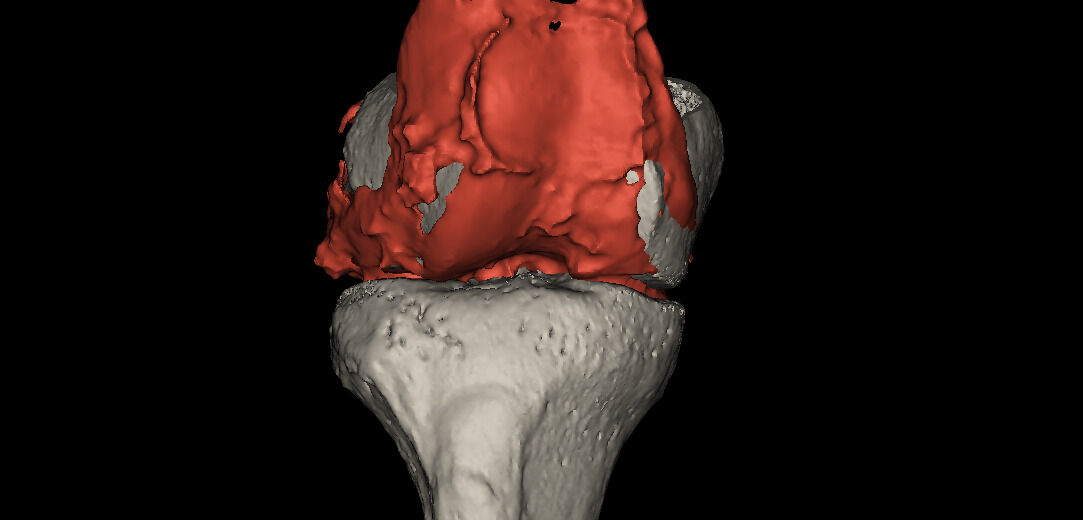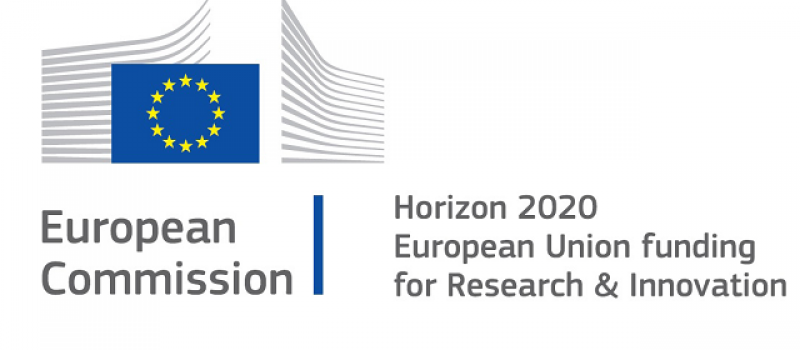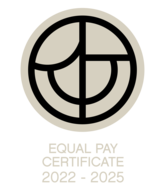RESTORE - European Union Project
Chondral Lesions Patient-specific Database
The RESTORE consortium aims at developing an effective approach to managing the specific unmet clinical needs to treat knee chondral lesions.

Chondral lesions constitute one of the major extrinsic risk factors for Osteoarthritis (OA), leading to important societal and economic burden. OA is a highly prevalent condition that can result in disabling pain and loss of physical function. IBNE is collaborating with other nine partners from six countries (Portugal, Spain, Italy, Germany, Sweden, Norway and Finland) with the final goal of develop and validate nanoenabled solutions for personalised cartilage regeneration. RESTORE shall have long-range benefits, holding high commercial promise for industries, creating new reliable and reproducible data for regulatory bodies, yearning to meet the need of orthopaedic surgeons in order to assure patients wellbeing and active ageing.

In the frame of this project, the specific goal of IBNE is to build a Chondral Lesion Database (clDB) of patient-specific anatomical models. The clDB is based on CT and MRI images, taken at Landspitali University Hospital in Reykjavik, using standardized acquisition protocols and patient positioning.
The cartilage from the tibia, the femur, and the patella are processed from the MRI datasets, and the tibial, femoral, and patellar bones are identified from the CT scans. Then, MRI and CT are registered to combine both datasets into a single one.
From the database, it is possible to download STL file of all geometries, HU distribution for bones and cartilage components, histogram plots, thickness measurements, and videos of the 3D models. All this information will serve as a guide for patient-specific cartilage bio-printing design and study the interplay of geometry and HU distributions in degenerative cartilages.

This database is submitted to discipline-specific, free of charge community-recognised repository for other projects and physicians to use.
Here you can consult the RESTORE official website.
Here you can find the Chondral Lesion Database.


